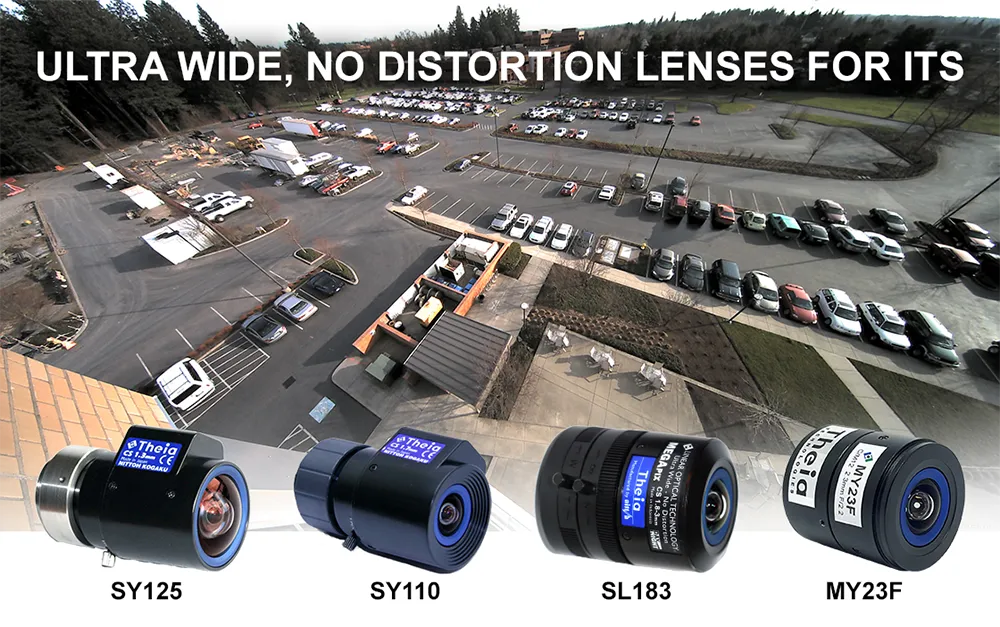In another application for autonomous vehicles, Oshkosh Defense has integrated its TerraMax unmanned ground vehicle (UGV) technology into an Oshkosh MRAP all-terrain vehicle (M-ATV) to demonstrate capabilities for route-clearance missions.
M-ATV and other heavy and medium tactical wheeled vehicles equipped with TerraMax UGV technology enables one or multiple vehicles in a route clearance convoy to operate autonomously, resulting in fewer troops exposed to threats.
The technology is designed as a modul
May 14, 2014
Read time: 2 mins
In another application for autonomous vehicles, Oshkosh Defense has integrated its TerraMax unmanned ground vehicle (UGV) technology into an Oshkosh MRAP all-terrain vehicle (M-ATV) to demonstrate capabilities for route-clearance missions.
M-ATV and other heavy and medium tactical wheeled vehicles equipped with TerraMax UGV technology enables one or multiple vehicles in a route clearance convoy to operate autonomously, resulting in fewer troops exposed to threats.
The technology is designed as a modular kit that can be integrated into modern production vehicles or retrofitted on to legacy platforms. Vehicles equipped with the TerraMax UGV technology can seamlessly collaborate with manned vehicles to carry out missions at full operational pace. TerraMax UGVs function autonomously across varying terrains and in all weather conditions, day or night and original vehicle payload and performance are retained.
The TerraMax UGV system can be enhanced to intelligently incorporate counter-IED payloads such as ground-penetrating radar and mine rollers. The TerraMax operator control unit also can provide over-the-horizon situational awareness to accompanying manned vehicles. The system is highly interoperable, using a widely adopted, non-proprietary open architecture messaging standard that enables modularity and easy integration of new subsystems.
“The clearance of threats like IEDs, mines and unexploded munitions pose challenges that global military forces have faced since World War II, and are expected to continue long after Afghanistan,” said John Urias, president of Oshkosh Defense. “Our TerraMax UGV technology can bring autonomous capabilities to existing manned vehicle platforms, like the M-ATV, to remove troops from targeted routes and provide greater standoff distance from explosive threats. It also has force-multiplication benefits with one operator controlling several vehicles, so logistics operations can be successfully completed with fewer troops.”
M-ATV and other heavy and medium tactical wheeled vehicles equipped with TerraMax UGV technology enables one or multiple vehicles in a route clearance convoy to operate autonomously, resulting in fewer troops exposed to threats.
The technology is designed as a modular kit that can be integrated into modern production vehicles or retrofitted on to legacy platforms. Vehicles equipped with the TerraMax UGV technology can seamlessly collaborate with manned vehicles to carry out missions at full operational pace. TerraMax UGVs function autonomously across varying terrains and in all weather conditions, day or night and original vehicle payload and performance are retained.
The TerraMax UGV system can be enhanced to intelligently incorporate counter-IED payloads such as ground-penetrating radar and mine rollers. The TerraMax operator control unit also can provide over-the-horizon situational awareness to accompanying manned vehicles. The system is highly interoperable, using a widely adopted, non-proprietary open architecture messaging standard that enables modularity and easy integration of new subsystems.
“The clearance of threats like IEDs, mines and unexploded munitions pose challenges that global military forces have faced since World War II, and are expected to continue long after Afghanistan,” said John Urias, president of Oshkosh Defense. “Our TerraMax UGV technology can bring autonomous capabilities to existing manned vehicle platforms, like the M-ATV, to remove troops from targeted routes and provide greater standoff distance from explosive threats. It also has force-multiplication benefits with one operator controlling several vehicles, so logistics operations can be successfully completed with fewer troops.”










